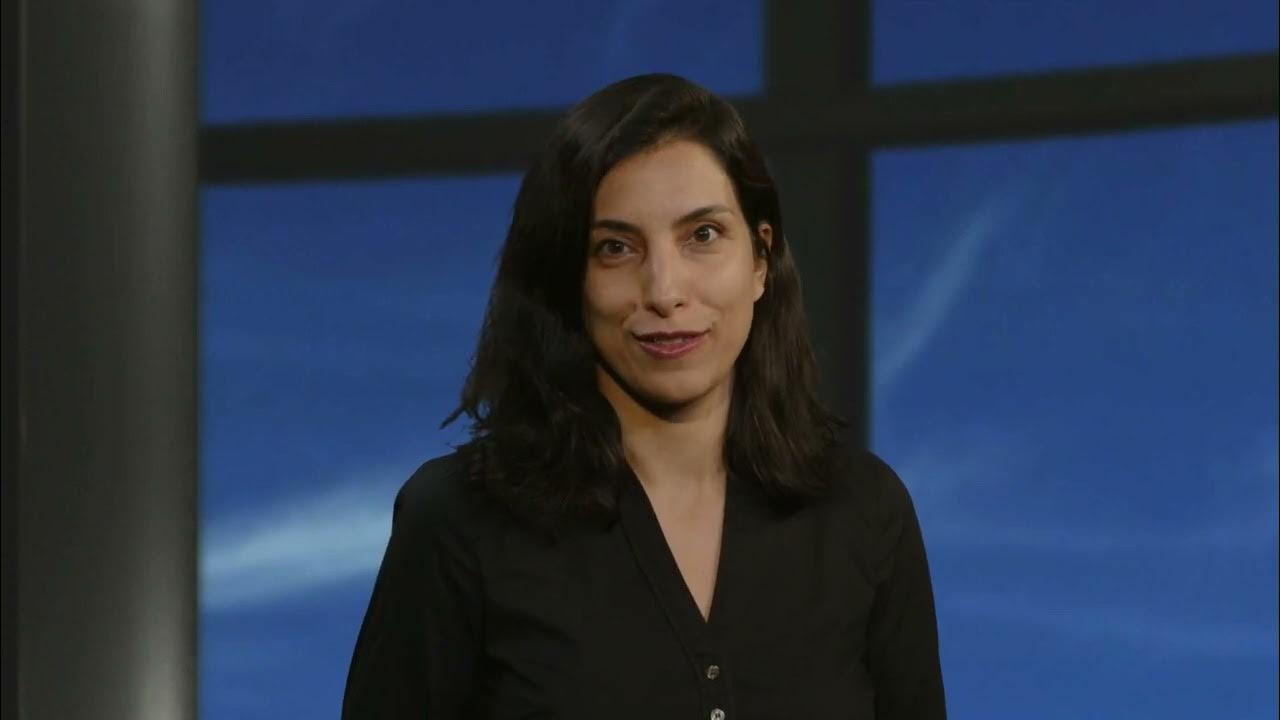QUEUE DAN STACK
Summary
TLDRThis video script explores the concept of data processing in computer programming using the analogy of food queues and vending machines. It explains the 'first in, first out' (FIFO) principle, akin to how customers in a queue are served in the order they arrive. The script then delves into the 'last in, first out' (LIFO) principle, exemplified by a vending machine where the last item inserted is the first to be dispensed. The video uses these everyday examples to clarify the operations of 'push' for adding data and 'pop' for removing data in a stack, contrasting the differences between stack and queue implementations.
Takeaways
- 😀 The script discusses the concept of data processing in computer programming, specifically the first in, first out (FIFO) principle, which is likened to a queue for buying food.
- 🤔 The script explains that in a FIFO system, the data that enters first is the first to be processed and then exits, similar to how the first person in line is the first to be served.
- 📚 The concept of a queue is introduced, where data is added and removed based on the order of arrival, with the most recent data being the last to exit.
- 🛒 The script uses the analogy of a vending machine to explain the stack data structure, which follows the last in, first out (LIFO) principle.
- 🔠 The script mentions two operations associated with stacks: 'push' to insert data and 'pop' to remove data, with the last item pushed being the first to be popped.
- 🏪 The script provides an example of how a vending machine operates as a stack, where the last drink inserted is the first one to be dispensed.
- 🔄 The difference between a stack and a queue is highlighted, with the primary distinction being the method of adding and removing elements.
- 📈 In a stack, both adding and removing operations are done at one end, with the last element inserted being the closest to the top and thus the first to be removed.
- 🔄 In contrast, a queue adds elements at one end (the rear) and removes them from the other end (the front), ensuring that the first element to be added is the first to be removed.
- 🎵 The script is interspersed with musical interludes, which may be used to emphasize points or create a rhythmic flow to the explanation.
Q & A
What is the concept of 'first in, first out' as mentioned in the script?
-The concept of 'first in, first out' (FIFO) refers to the order in which data is processed or served, similar to a queue where the first person in line is the first to be served.
How does the script relate the concept of FIFO to buying food in a queue?
-The script uses the analogy of buying food in a queue to explain FIFO, where the person who arrives first is served first.
What is the term used to describe the data that has been processed or served first in a FIFO system?
-In a FIFO system, the data that has been processed or served first is referred to as 'NQ' (Next Queue).
Can you explain the difference between a stack and a queue as mentioned in the script?
-A stack follows the 'last in, first out' (LIFO) principle, where the last item added is the first to be removed, similar to a stack of plates. A queue, on the other hand, follows the FIFO principle.
What is a vending machine's implementation of a stack as described in the script?
-A vending machine is an example of a stack implementation where the last item placed in (the last drink inserted) is the first one to be dispensed.
What are the two main operations of a stack as mentioned in the script?
-The two main operations of a stack are 'push', which adds data to the stack, and 'pop', which removes data from the stack.
How does the script describe the difference between the operations of adding and removing elements in a stack and a queue?
-In a stack, both adding (push) and removing (pop) operations are done at one end, with the last item in being the first out. In a queue, adding is done at one end (rear) and removing is done at the other end (front).
What does the script imply about the position of the last element added in a stack?
-The script implies that in a stack, the last element added is considered to be on top and is the first to be removed when the 'pop' operation is performed.
What is the term used for the operation of adding an element to a stack?
-The operation of adding an element to a stack is referred to as 'push'.
How does the script illustrate the concept of 'last in, first out' using a real-life example?
-The script uses the example of a vending machine to illustrate 'last in, first out', where the last drink inserted is the first one to be dispensed when a purchase is made.
Outlines

Этот раздел доступен только подписчикам платных тарифов. Пожалуйста, перейдите на платный тариф для доступа.
Перейти на платный тарифMindmap

Этот раздел доступен только подписчикам платных тарифов. Пожалуйста, перейдите на платный тариф для доступа.
Перейти на платный тарифKeywords

Этот раздел доступен только подписчикам платных тарифов. Пожалуйста, перейдите на платный тариф для доступа.
Перейти на платный тарифHighlights

Этот раздел доступен только подписчикам платных тарифов. Пожалуйста, перейдите на платный тариф для доступа.
Перейти на платный тарифTranscripts

Этот раздел доступен только подписчикам платных тарифов. Пожалуйста, перейдите на платный тариф для доступа.
Перейти на платный тарифПосмотреть больше похожих видео
5.0 / 5 (0 votes)






